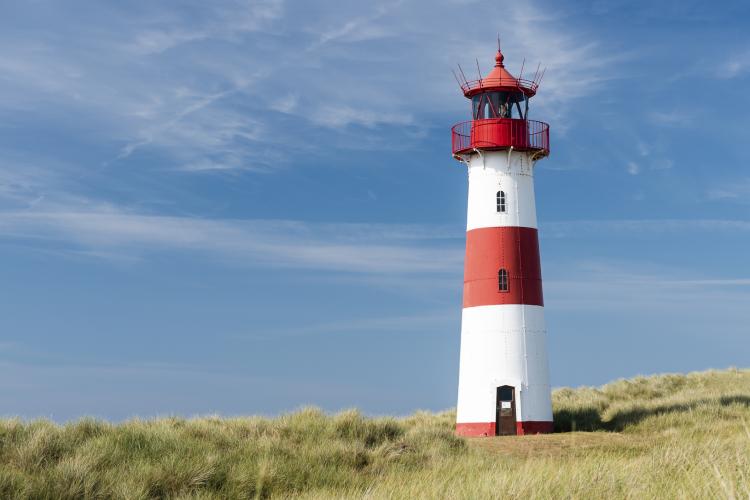Booklet: Operation Asterix - Guernsey Post Office Prestige Book (Guernsey 1993)
Operation Asterix - Guernsey Post Office Prestige Book (Guernsey 1993)
27 July (Guernsey ) within release "Operation Asterix" (Excavation of a Roman Ship) goes into circulation Booklet Operation Asterix - Guernsey Post Office Prestige Book face value 5.60 Guernsey pound
| Booklet Operation Asterix - Guernsey Post Office Prestige Book in catalogues | |
|---|---|
| Michel: | Mi: GG MH38 |
| Stanley Gibbons: | Sg: GG SB47 |
Booklet is horizontal format.
Contains: Booklet Pane "Mi:GG HB40 ("Mi:GG 568"; "Mi:GG 569"; "Mi:GG 570"; "Mi:GG 571"; "Mi:GG 572"; Zf1); Booklet Pane "Mi:GG HB41 ("Mi:GG 568"; "Mi:GG 569"; "Mi:GG 570"; "Mi:GG 571"; "Mi:GG 572"; Zf2); Booklet Pane "Mi:GG HB42 ("Mi:GG 568"; "Mi:GG 569"; "Mi:GG 570"; "Mi:GG 571"; "Mi:GG 572"; Zf3); Booklet Pane "Mi:GG HB43 ("Mi:GG 568"; "Mi:GG 569"; "Mi:GG 570"; "Mi:GG 571"; "Mi:GG 572"; Zf4).Booklet Operation Asterix - Guernsey Post Office Prestige Book it reflects the thematic directions:
A cartoon is a type of visual art that is typically drawn, frequently animated, in an unrealistic or semi-realistic style. The specific meaning has evolved, but the modern usage usually refers to either: an image or series of images intended for satire, caricature, or humor; or a motion picture that relies on a sequence of illustrations for its animation. Someone who creates cartoons in the first sense is called a cartoonist, and in the second sense they are usually called an animator.
The concept originated in the Middle Ages, and first described a preparatory drawing for a piece of art, such as a painting, fresco, tapestry, or stained glass window. In the 19th century, beginning in Punch magazine in 1843, cartoon came to refer – ironically at first – to humorous artworks in magazines and newspapers. Then it also was used for political cartoons and comic strips. When the medium developed, in the early 20th century, it began to refer to animated films that resembled print cartoons.
Comics are a medium used to express ideas with images, often combined with text or other visual information. It typically takes the form of a sequence of panels of images. Textual devices such as speech balloons, captions, and onomatopoeia can indicate dialogue, narration, sound effects, or other information. There is no consensus among theorists and historians on a definition of comics; some emphasize the combination of images and text, some sequentiality or other image relations, and others historical aspects such as mass reproduction or the use of recurring characters. Cartooning and other forms of illustration are the most common image-making means in comics; Photo comics is a form that uses photographic images. Common forms include comic strips, editorial and gag cartoons, and comic books. Since the late 20th century, bound volumes such as graphic novels, comic albums, and tankōbon have become increasingly common, along with webcomics as well as scientific/medical comics
Drawing is a visual art that uses an instrument to mark paper or another two-dimensional surface. The instrument might be pencils, crayons, pens with inks, brushes with paints, or combinations of these, and in more modern times, computer styluses with graphics tablets.
A lighthouse is a tower, building, or other type of structure designed to emit light from a system of lamps and lenses, and to serve as a navigational aid for maritime pilots at sea or on inland waterways. Lighthouses mark dangerous coastlines, hazardous shoals, reefs, and safe entries to harbors, and can assist in aerial navigation. Once widely used, the number of operational lighthouses has declined due to the expense of maintenance and use of electronic navigational systems.
A port is a maritime facility comprising one or more wharves or loading areas, where ships load and discharge cargo and passengers. Although usually situated on a sea coast or estuary, ports can also be found far inland, such as Hamburg, Manchester and Duluth; these access the sea via rivers or canals. Because of their roles as ports of entry for immigrants as well as soldiers in wartime, many port cities have experienced dramatic multi-ethnic and multicultural changes throughout their histories
A modern sailing ship or sailship is any large wind-powered vessel. Traditionally a sailing ship (or simply ship) is a sailing vessel that carries three or more masts with square sails on each. Large sailing vessels that are not ship-rigged may be more precisely referred to by their sail rig, such as schooner, barque (also spelled "bark"), brig, barkentine, brigantine or sloop. There are many different types of sailing ships, but they all have certain basic things in common. Every sailing ship has a hull, rigging and at least one mast to hold up the sails that use the wind to power the ship. The crew who sail a ship are called sailors or hands. They take turns to take the watch, the active managers of the ship and her performance for a period. Watches are traditionally four hours long. Some sailing ships use traditional ship's bells to tell the time and regulate the watch system, with the bell being rung once for every half hour into the watch and rung eight times at watch end (a four-hour watch). Ocean journeys by sailing ship can take many months, and a common hazard is becoming becalmed because of lack of wind, or being blown off course by severe storms or winds that do not allow progress in the desired direction. A severe storm could lead to shipwreck, and the loss of all hands. Sailing ships are limited in their maximum size compared to ships with heat engines, so economies of scale are also limited. The heaviest sailing ships (limited to those vessels for which sails were the primary means of propulsion) never exceeded 14,000 tons displacement. Sailing ships are therefore also very limited in the supply capacity of their holds, so they have to plan long voyages carefully to include many stops to take on provisions and, in the days before watermakers, fresh water.
A ship is a large watercraft that travels the world's oceans and other sufficiently deep waterways, carrying passengers or goods, or in support of specialized missions, such as defense, research and fishing. Historically, a "ship" was a sailing vessel with at least three square-rigged masts and a full bowsprit. Ships are generally distinguished from boats, based on size, shape and load capacity.







